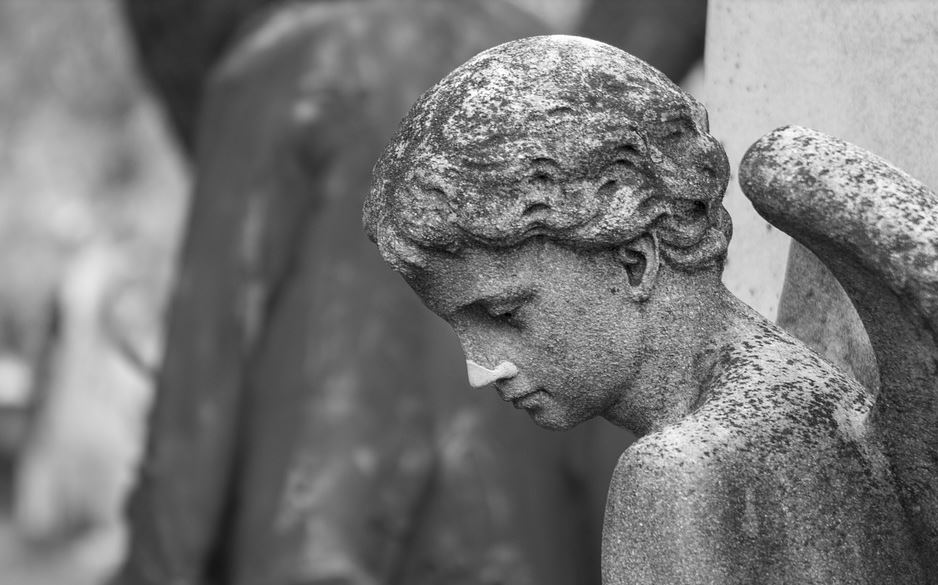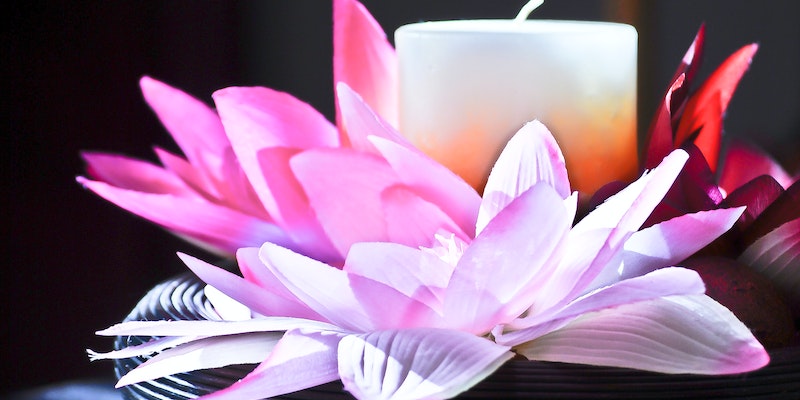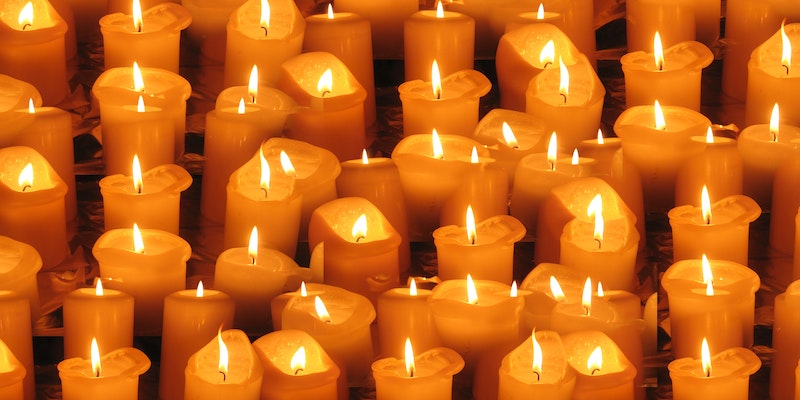- Contact Us Today
- (937) 278-4287
- lgfuneralhome@gmail.com
Victorian Funerals: Customs, Fears, and Superstitions

Planning a Memorial Service after Cremation
August 26, 2019
Grief and Dementia
September 9, 2019At funerals in funeral homes in Dayton, OH, you may be surprised at how deeply embedded, in some shape or form, some of the customs, fears, and superstitions about funerals and death remain in our 21st century thinking.
We like to think of ourselves as being modern and free from superstitions that previous generations believed in. But the truth is there are many things that we still do or that are customary around death and funerals that are surprisingly rooted in Victorian superstitions.
For example, most of us still use the term “wake” to describe the vigil we keep with the deceased prior to the funeral. This practice is actually rooted in Victorian times, when sitting up with the deceased was a form of protection – not only from evil spirits, but also from a mistaken assumption that death had actually occurred. It wasn’t a far-fetched mistake, since certain illnesses and medications used during this era could cause such a severe suppression of breathing and response that they could actually mimic the appearance of death.
It’s understandable, then, that the fear of being buried alive was not an unfounded one; even casket-makers of the period would often place safety catches inside the casket itself that the “deceased” could use in the event of such a horrifying mistake, in the hope that they could somehow escape their plight. Given these Victorian-era fears, the term “wake” is an apt description of the post-death period.
Another example, still seen today, is the habit of carrying the deceased from homes and hospitals feet first. This, too, is rooted in the Victorian superstition that the deceased, if carried out headfirst, might lure the living to come with him or her in death’s journey.
There are other modern-day practices that are so familiar to us that it’s surprising to learn their origins. For example, the candles that are lit today come from the 19th-century need to mask the usual odors of decomposition.
Another example is our firmly-rooted taboo against speaking ill of the dead. This, too, comes from the Victorian superstition that such disrespectful behavior will cause the dead to return from the grave to haunt and see to it that the perpetrator has bad luck for the rest of their life. Even the tradition of wearing black to funerals originated with Queen Victoria, who donned the color and wore it for forty years after her beloved Prince Albert’s untimely death.
And untimely death was extremely common, given the rampant diseases of the era which had no modern-day benefit of an effective medical treatment, much less of a cure. And along with the presence of deadly diseases came the high probability of death from various conflicts, or the practice of slavery, or the horrific battles of the Civil War. Given these historic occurrences of the 19th century, it is no wonder that people living through this era would cling to any superstitions or beliefs that would keep death from affecting them any further and take yet another loved one from them, or at the very least ensure that their loved ones would rest in peace. And these are the very same hopes we have today.
If you would like information about funerals at funeral homes in Dayton, OH, our compassionate and experienced staff at Glickler Funeral Home & Cremation Service can help. You can come by our funeral home at 1849 Salem Ave., Dayton, OH 45406, or you can contact us today at (937) 278-4287.




